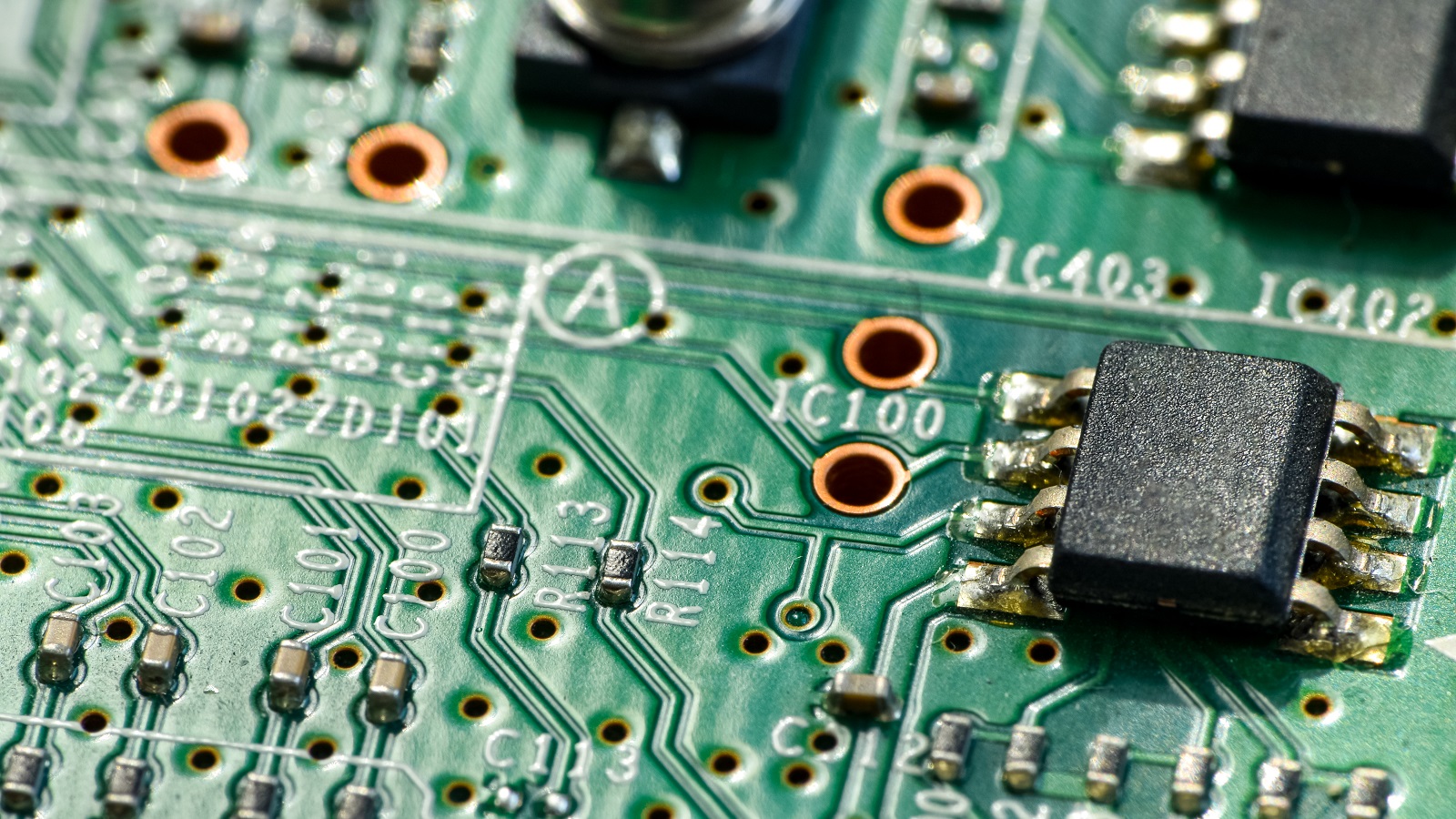Non-Plated Holes in PCB Engineering
Non-plated through holes provide mechanical support in PCBs but pose stress and precision challenges, requiring careful design, materials, and manufacturing.
The roles and issues of plated or non-plated through holes are one piece of knowledge that plays an important part in the erudite art of making a PCB. Non-plated through holes provide very basic mechanical support as opposed to the basic electrical connectivity between different board layers provided by the plated-through holes. But how can anybody begin to comprehend the specifics of an NPTH by pondering on its purpose and the obstacles that come with it while yet ensuring proper PCB design and manufacturing?
Non-Plated Through Hole Function
Non-plated thru-holes are holes on a printed circuit board that have not been plated with conductive metals. Their use is normally mechanical: mainly, housing screws, fasteners, alignment, and attaching big components or the board itself during its assembling process. The NPTHs are not a component of the board's electrical conduits, in contrast to plated through-hole variations. As a result, additional design freedom is possible without sacrificing electrical performance.

Typical Problems With NPTHs
Ironically, although NPTHs are straightforward, they do provide certain special challenges that might jeopardize the PCB's integrity in the following ways:
Mechanical Fracture
Concentration of Stress: In high-vibration situations or next to the board's edge, NPTHs can readily function as a mechanical stress concentration point. A PCB's integrity may be quickly jeopardized by fractures caused by a point of stress.
Chattering Phenomenon: With an increased number of NPTHs in a panel, the rigidity decreases.There may be some chattering or vibration when drilling. In extremely thin or microscopic components, they may result in microfractures surrounding the holes.
Manufacturing and Design Limitations
Precision Drilling: The NPTHs' location and dimensions need to be precise since a misaligned printed wiring board assembly or weak spots on the board might result from improper measurements.
Space Management: Material around the NPTHs need to be sufficient so that mechanical stresses can be absorbed. This will avoid fracturing of the board at various instances and extend its use right to the manufacturing and assembly of the end-user.
Stress Factors in End-Use
Assembly Stress: Generally, in assemblies that require press-fitting or rotational assembly, the action acts to extend a pre-existing fracture because the parts experience additional mechanical stress that leads to the failure of the parts under operational conditions.

How to Address Issues With NPTH
The following design and manufacturing process chain improvements about PCBs are suggested in order to address the issues caused by NPTHs:
Redesign for Strength
Move NPTHs away from edges and sensitive locations for homogeneous distribution of stress. Since the planned NPTH will also absorb the applied mechanical loads, use a thicker or higher quality lamination there.
Better Manufacturing Methods
To prevent chattering and structural weakness, the NPTH may be precisely positioned and dimensioned using precision CNC drilling machines.
Therefore, quality control methods should be robust enough to guarantee that the holes' integrity is properly monitored throughout the manufacturing process.
Adopting Proactive Design Methods
Use a variety of stress analysis techniques in your design to anticipate possible failure patterns and make necessary design updates prior to manufacture. Involve the manufacturing teams early on in the design process to ensure proper hole placement and process steps that reduce the likelihood of structural failures.
Advanced Materials Selection
A board's resistance to NPTH-induced stress increases with mechanical strength and flexibility. Research techniques of lamination that enhance the general strength of the PCB and, therefore, improve dissipation.
Iterative Testing and Validation
Make prototypes using variations in positioning of the NPTHs under durability testing in simulated conditions to arrive at an optimal design configuration. The knowledge obtained thereby should be put into design and manufacturing for further iteration to come up with improvements that would impact positively on reliability.
Conclusion
Non-plated through holes within the structure of the PCB engineering when coupled with mechanical support have brought host problems that can no longer be overlooked. As far as the management of mechanical fracturing, needs to drill precisely, and end-user stresses are concerned, there is great balance for design, selection of materials, and precision in manufacture for the NPTHs.
Strategic redesigns, rigorous protocols during manufacturing, and advanced materials go a long way in combating the integration of NPTH. This approach, apart from improving structural integrity at the simple level of PCBs, on a more holistic level reflects realization of the function of pains-taking engineering coupled with adaptive solutions within the milieu of electronic component manufacturing. Due diligence in place guarantees that even at the instance of evolution or when the application requires a change, the reliability and performance of PCB assemblies are not compromised.
Hot Tags:
Contact us

If you can't find what you're looking for, please contact us.
Article

Through-Hole Technology (THT) mounts electronic components by inserting their leads through pre-drilled PCB holes and soldering them. While durable and ideal for harsh conditions, THT is less space-efficient than SMT.

PCBs are central to electronic devices, featuring holes and vias critical for functionality. Holes, like through-holes and mounting holes, serve electrical or mechanical purposes, while vias ensure electrical connections across PCB layers. Understanding their differences is key for optimal performance, reliability, and manufacturability in PCB design.

Plated half-holes allow for high-density, miniaturized electronic connections with ease of soldering and efficient board integration—two of the basic needs of modern PCB designs and applications today, such as WiFi modules.
